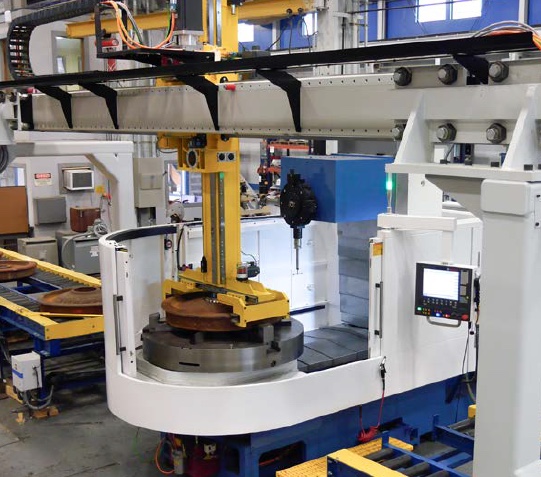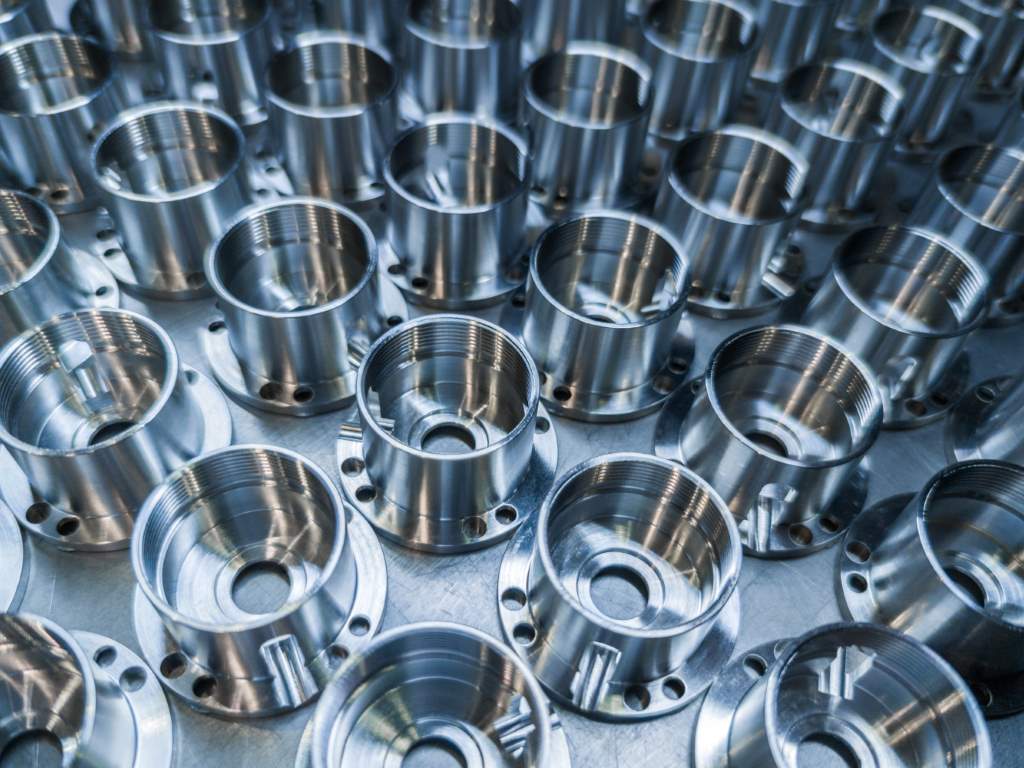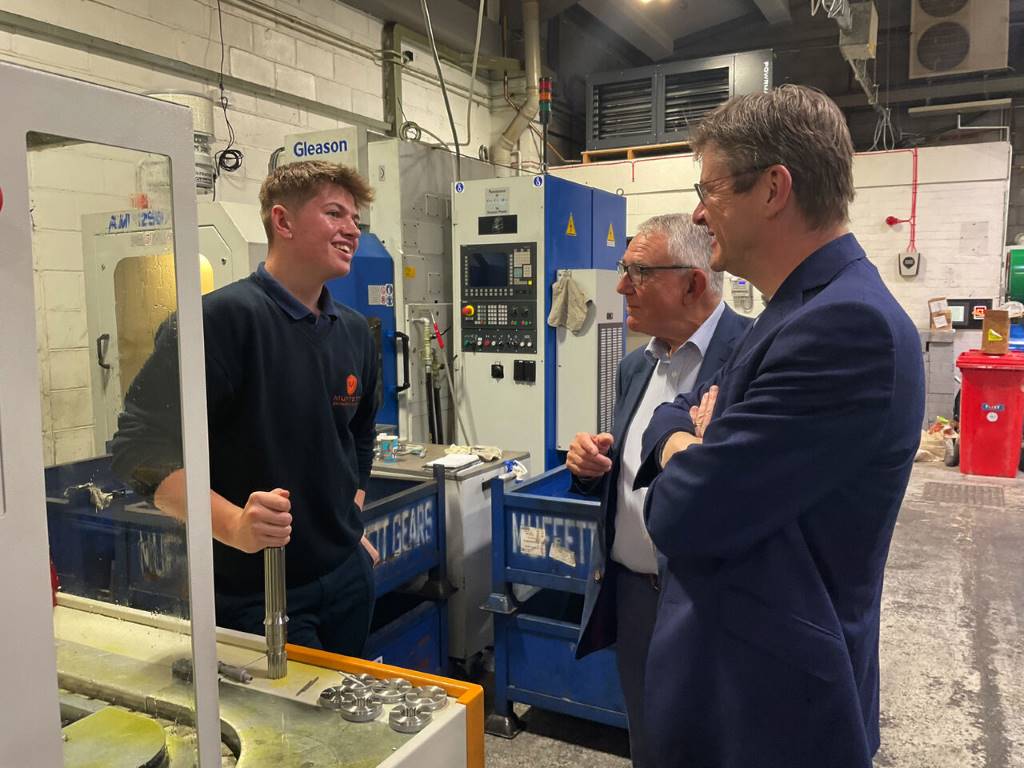Güdel keeps the wheels turning

The United Kingdom has approximately 10,000 miles of railway track on its network and the USA over 140,000 miles.
One thing that both networks have in common however is the need to maintain and repair the rolling stock, especially the wheels which can be prone to flat spots or other damage causing them to run out of round.
In the case of the USA however, the scale of the network exacerbates these issues, so to maximise efficiency and productivity in its repair workshops, Simmons Machine Tool Corporation turned to Güdel for a solution.
The maintenance of railway wheel sets represents a significant cost for train operators, as when the wheels of railway carriages have been in service for extended periods they are subject to wear, particularly in the flange and tread areas.
This wear makes for less efficient operation and in extreme cases can even result in derailments. It’s no surprise therefore to find that automation plays a critical role in both the measurement and maintenance of rail wheel sets.
Simmons Machine Tool Corporation in the USA has been manufacturing innovative machine tools, measuring machines and automation systems that focus on the maintenance and production of railway wheel sets since 1910.
When the company started designing it’s new Wheel Turning Centre (WTC), a vertical CNC lathe for boring and machining railway wheels, it had two goals in mind. Firstly designing a system which maximises the safety of both the railway and machine operators and secondly boosting productivity to avoid delays in repairing railway wheels.
When worn wheel sets arrive at a railway wheel maintenance facility, the end caps and bearings are first manually inspected and removed. The serial numbers for each wheel set component are then entered into a supervisory control and data acquisition (SCADA) system.

A measurement machine qualifies the parameters of the worn wheel set, and based on that data, the wheel set is either re-profiled, or if the wheel is outside the tolerances set by the Association of American Railroads, the wheels are removed from the axle and scrapped.
A new wheel will then be required. To ensure a precise interference fit between the wheel and axle, the wheel’s centre hole must be bored to match the axle wheel seat. Traditionally, each wheel was placed on a machining centre using a forklift, crane or other manual material handling system. The process was slow and inconsistent, and worker safety was a concern.
Today, with the help of Güdel, the Simmons WTC machine cell automates most of the process. Workers load new wheels onto a feeder conveyor which transports them into an automated material handling system consisting of a Güdel ZP-6 double-axis gantry with special grippers to handle the heavy wheels.
The system transfers a wheel to the WTC which bores the centre hole of the wheel and several other new features depending upon the end customer. After boring and/or machining, the wheels are then placed by the Güdel gantry back onto the outbound conveyor for pressing onto an axle.
This level of automated material handling creates a more consistent process whist protecting workers from danger when heavy wheels are manipulated in tight spaces. Access to pre- and post-machining measurement data is very important to railway companies as they analyse this data to not only extend the life of wheels, but also the maintenance machines and automation systems.
Automated systems such as this can be deployed throughout a wheel set maintenance or production facility. In addition, they can be networked together to create a closed-loop system, increasing productivity and decreasing the likelihood of operating errors.

“Simmons chose Güdel’s ZP-6 gantry system for this application primarily for its reliability and capability and because equipment availability is critical for our customers,” says Jason Steven Murphy, marketing specialist at Simmons Machine Tool Corporation.
“Simmons has a long history of successful projects working with Güdel, and there is a high degree of trust and understanding of each other’s capabilities, which makes projects run smoothly.”
Güdel Lineartec (UK) www.gudel.com










